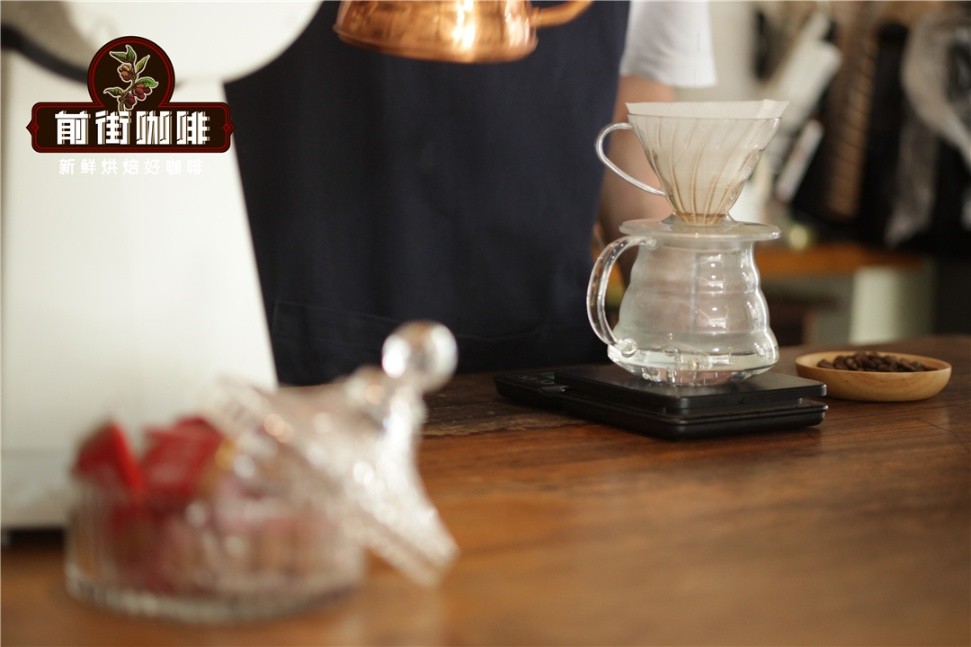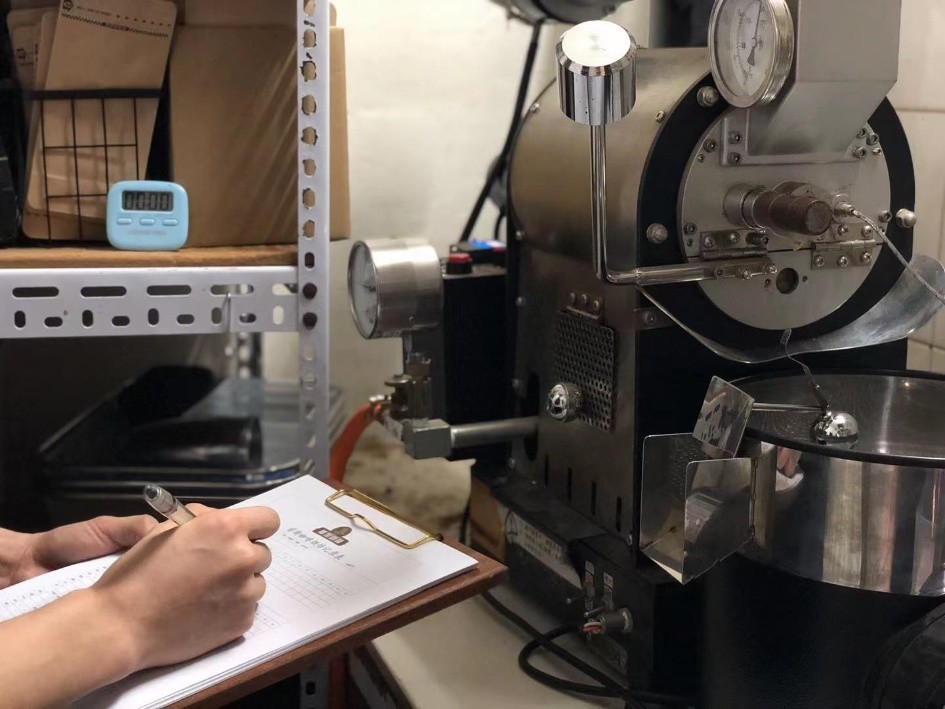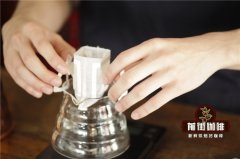The source of coffee sweetness the effect of coffee roasting on the flavor of coffee beans how to extract coffee correctly
Coffee extraction is just the process of dissolving coffee powder in hot water, right? Well, yes. But in order to get the perfect cup of coffee, there is some science that can solve this problem. The ratio of water to coffee, the precision of grinding, the roasting degree of coffee, the temperature of water and the contact time between water and coffee are only a small part of the extraction of coffee.

If you have trouble getting the perfect coffee or a cup of coffee, you may want to learn more about how coffee brewing works and provide you with techniques to improve coffee extraction through our guide below.
Water: general solvent
To make any coffee drink, we need to grind the coffee and add water. Why water? Mainly because water is a magical solvent. At the molecular level, it has a polar arrangement-two hydrogen atoms with a positive charge on one side and an oxygen atom with a negative charge on the other. This makes it very attractive to all kinds of molecules. In fact, it is so attractive that it pulls the bonds of other molecules, causing them to dissolve into water. If you heat water, all its molecules will begin to move quickly, making it a more effective solvent.
When you mix water with coffee, water dissolves different flavor compounds in coffee. But what molecules and compounds are there in coffee?
What is coffee? Coffee beans are just roasted seeds of coffee fruit, often referred to as coffee fruit. Because the dream of every seed is to grow into a tree, coffee seeds are full of stored energy: especially complex sugars, fats and acids. Because it is part of the fruiting plant, the seed itself is made up of tiny plant fibers.
In order to turn the seeds into something we can use to brew, we throw them into a very hot environment, usually in a coffee roaster. The calories of the roaster play an important role in all the elements of coffee seeds. First of all, the heat will evaporate the residual water in the coffee. As moisture continues to leave the seeds, the plant fibers that make up the coffee structure will dry, harden and become brittle. If you bake too much, the plant fiber will continue to break down, and most of the oil in the coffee will be pushed to the surface and begin to oxidize.
As the baking goes on, some of these sugars begin to caramel, producing the aroma of nuts and caramel. If baked too far, the sugar will be carbonized and the taste will change from sweet and complex to charred and smoked.
As the calories increase, many of the acids in the coffee will decompose. If you stop baking prematurely, the coffee will contain a lot of acid. If you let the roasting continue, the acid will eventually decompose completely, and the taste of the coffee will become insipid and scorched. The goal of most coffee roasters is to balance the acidity so that your coffee is not too sour or incredibly boring.
Photos with different baking degrees

The result of high-quality baking? Coffee beans maintain a balance between oil, fruit acid, monosaccharide and caramel.
So now we have good water and good coffee-all you have to do is make a cup. In almost every method of preparing coffee-whether it's espresso, pour coffee, cold brewed coffee or pressed coffee-the general principle is the same. Take out the roasted coffee, grind it into small pieces and add water. Once the water touches the coffee, it begins to extract flavor compounds.
No matter which method is used, water always extracts different flavor compounds in the following order: fat and acid, then sugar, and finally plant fiber. From a taste and body point of view, it looks like this:
Acid / oil-sweet / syrup-bitter / dilute
The first compounds extracted from coffee are acids and fats. From a molecular point of view, acids produce sour taste and are the simplest compounds, so water can easily dissolve them into liquid coffee. Adding body oil or fat to coffee is not chemically easy. On the contrary, they are hydrophobic and can be easily washed off from coffee powder. In addition, many of the lighter fragrances, flowers and fruits, are extracted at this point.
Next, extract the sugar. Even simple sugars have a more complex molecular structure than acids. Therefore, water needs more time and / or energy to completely dissolve them.
Eventually, the water will begin to break down the plant fibers that hold the coffee powder together. Like all plants, including kale and celery, these fibers taste dry and bitter.
Important Notice :
前街咖啡 FrontStreet Coffee has moved to new addredd:
FrontStreet Coffee Address: 315,Donghua East Road,GuangZhou
Tel:020 38364473
- Prev

Can coffee powder second brew the disadvantages of secondary extraction what can used coffee grounds do?
If you want to save money and reduce unnecessary purchases, you may wonder if you can make coffee multiple times. This is a plausible idea, but unfortunately, we do not recommend it. Once you use coffee grounds, most of the existing oils and chemicals have been extracted, and there are few ingredients left that you can use to make a delicious cup of coffee. Even though we don't build
- Next

Champion recommended Peruvian coffee bean flavor and taste characteristics Peruvian coffee bean output and historical development story
What's so special about the coffee beans that the champions have agreed on? On April 1st, three-time Australian barista champion Hugh Kelly released an ins, praising a coffee bean from Peru. What is so special about coffee in this country? Today, let Qianjie lead us to get to know Peruvian coffee again. The Peruvian Andes grow high-altitude coffee.
Related
- Detailed explanation of Jadeite planting Land in Panamanian Jadeite Manor introduction to the grading system of Jadeite competitive bidding, Red bid, Green bid and Rose Summer
- Story of Coffee planting in Brenka region of Costa Rica Stonehenge Manor anaerobic heavy honey treatment of flavor mouth
- What's on the barrel of Blue Mountain Coffee beans?
- Can American coffee also pull flowers? How to use hot American style to pull out a good-looking pattern?
- Can you make a cold extract with coffee beans? What is the right proportion for cold-extracted coffee formula?
- Indonesian PWN Gold Mandrine Coffee Origin Features Flavor How to Chong? Mandolin coffee is American.
- A brief introduction to the flavor characteristics of Brazilian yellow bourbon coffee beans
- What is the effect of different water quality on the flavor of cold-extracted coffee? What kind of water is best for brewing coffee?
- Why do you think of Rose Summer whenever you mention Panamanian coffee?
- Introduction to the characteristics of authentic blue mountain coffee bean producing areas? What is the CIB Coffee Authority in Jamaica?

